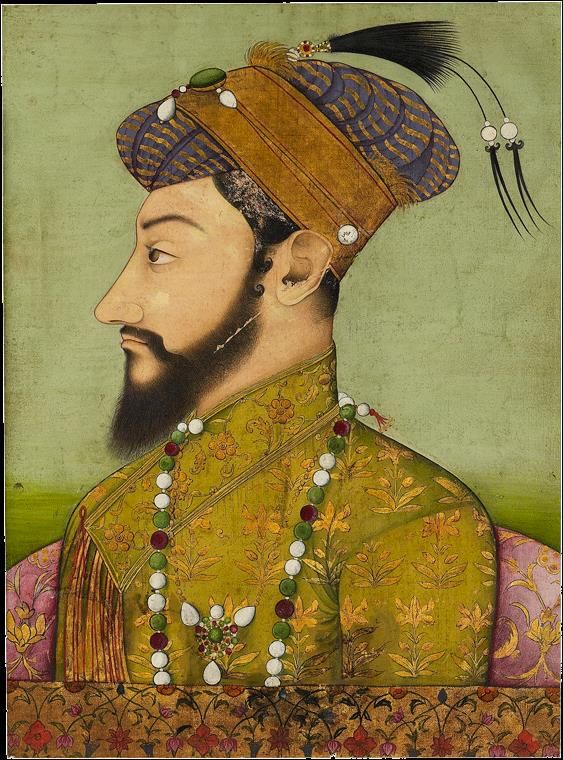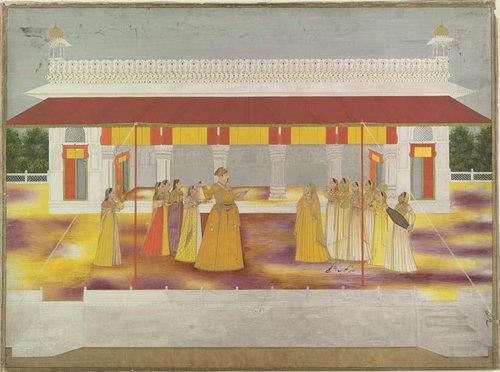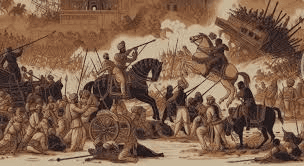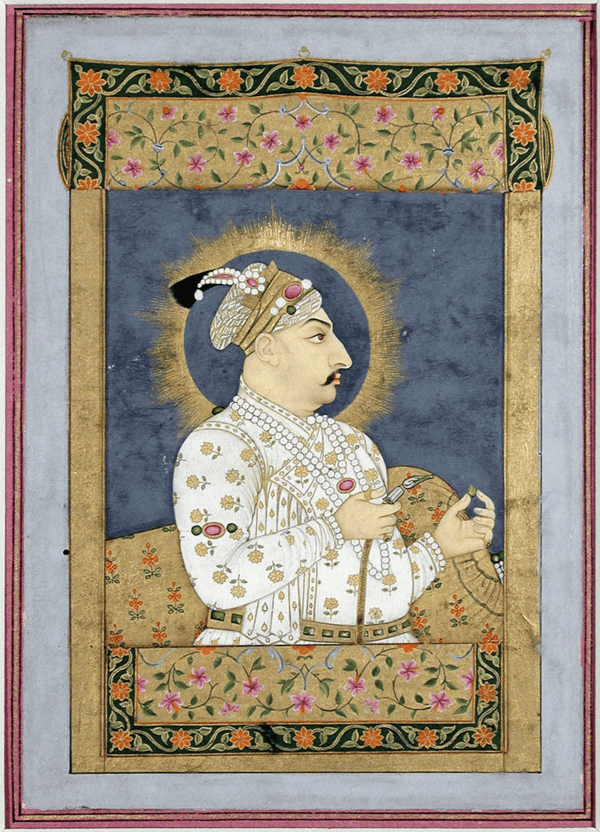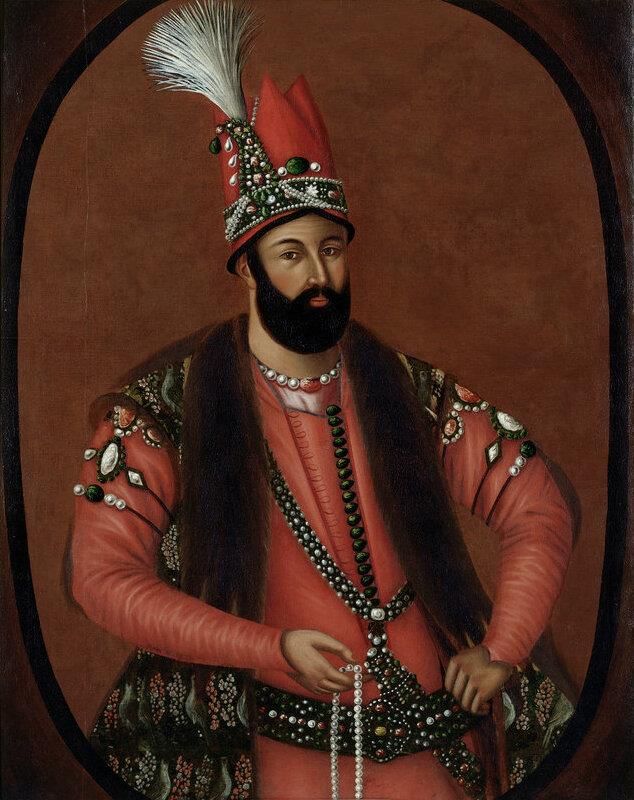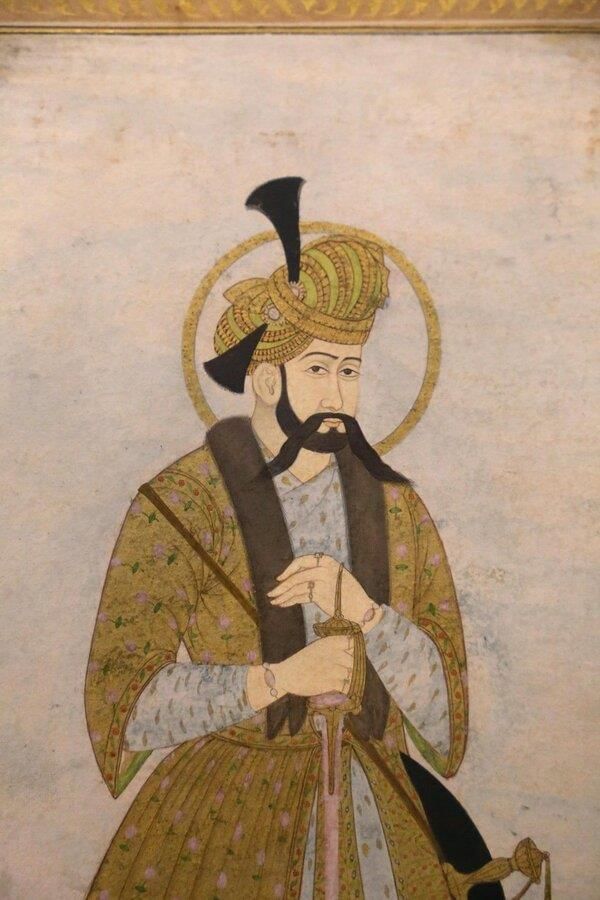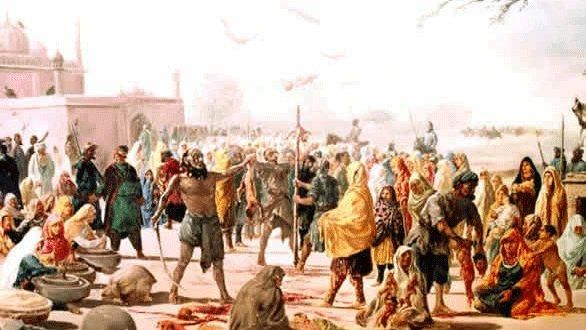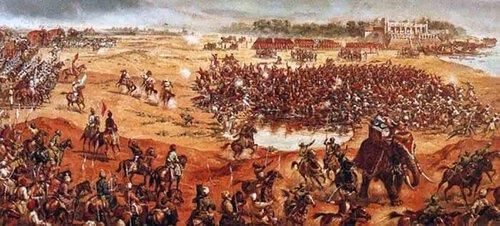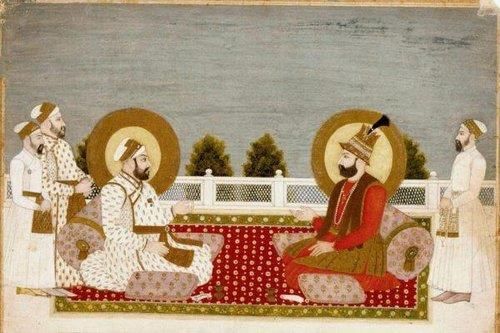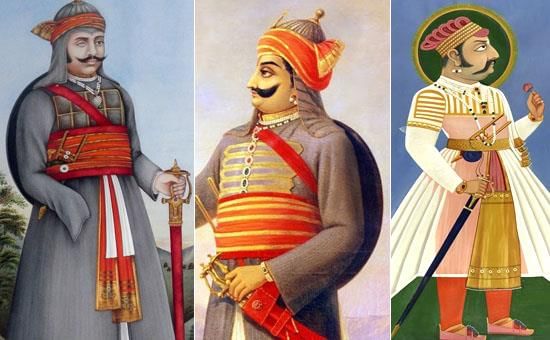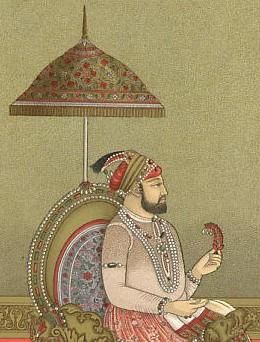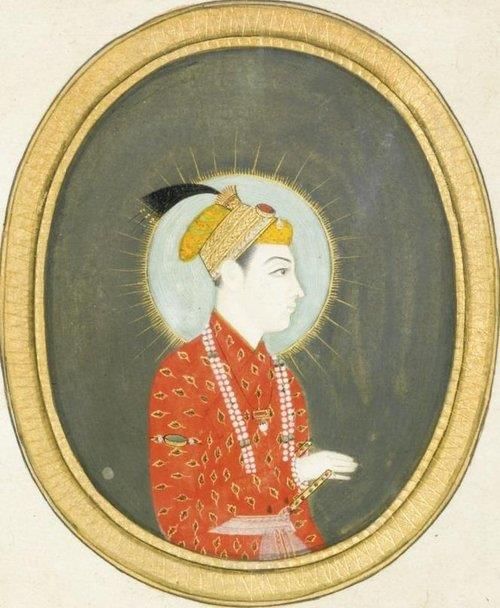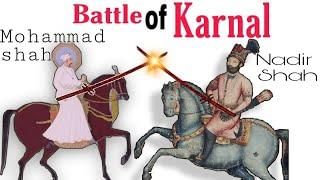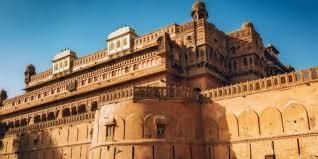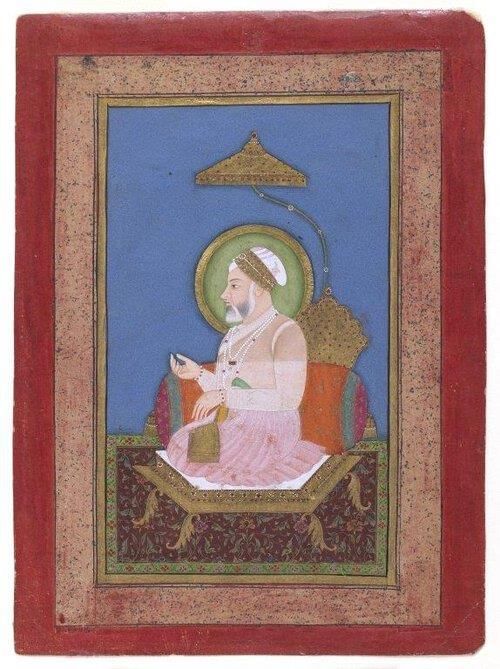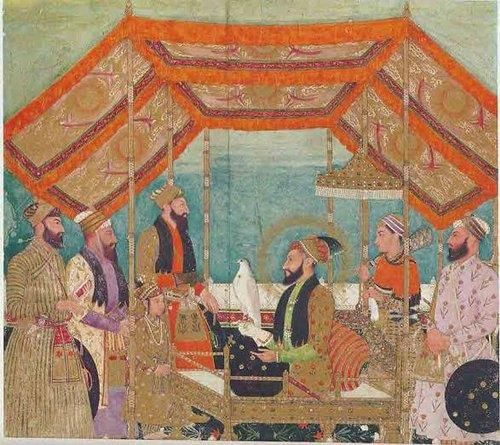|
The decline of the Mughal Empire is often attributed to the reign of ___ due to his misguided policies. |
Card: 1 / 40 |
|
True or False: Muhammad Shah was successful in reviving the fortunes of the Mughal Empire during his reign. |
Card: 3 / 40 |
|
What major events contributed to the decline of the Mughal Empire in the first half of the eighteenth century? |
Card: 5 / 40 |
|
Fill in the blank: The reign of Muhammad Shah lasted for ___ years from 1719 to 1748. |
Card: 7 / 40 |
|
True or False: The Mughals ceded Punjab to Ahmad Shah Abdali in an attempt to buy peace. |
Card: 15 / 40 |
|
Fill in the blank: Approximately ___ crore rupees were collected from the official treasury during Nadir Shah's invasion. |
Card: 19 / 40 |
 Unlock all Flashcards with EduRev Infinity Plan Starting from @ ₹99 only
|
|
The policy of abolishing Jaziya and pilgrimage tax was implemented by which Mughal emperor? |
Card: 23 / 40 |
|
Shah Alam II was taken under the protection of the East India Company after which treaty? |
Card: 29 / 40 |
|
What significant right did the Farman issued by Shah Alam II grant to the East India Company? |
Card: 31 / 40 |
|
The Diwani, which is the right to collect revenue of Bengal, Bihar, and Orissa. 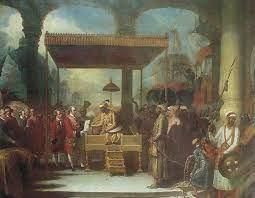 |
Card: 32 / 40 |
|
True or False: The zamindars were primarily responsible for military conquests during the Mughal Empire. |
Card: 35 / 40 |
|
False. The zamindars were hereditary landowners who helped in the collection of revenue and local administration. 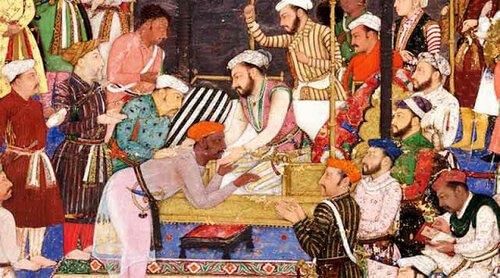 |
Card: 36 / 40 |
|
The Jagirdari Crisis during the Mughal Empire was characterized by divisiveness among the nobility based on ___ and ___. |
Card: 37 / 40 |
|
What were the successor states that emerged after the decline of the Mughal Empire? |
Card: 39 / 40 |





